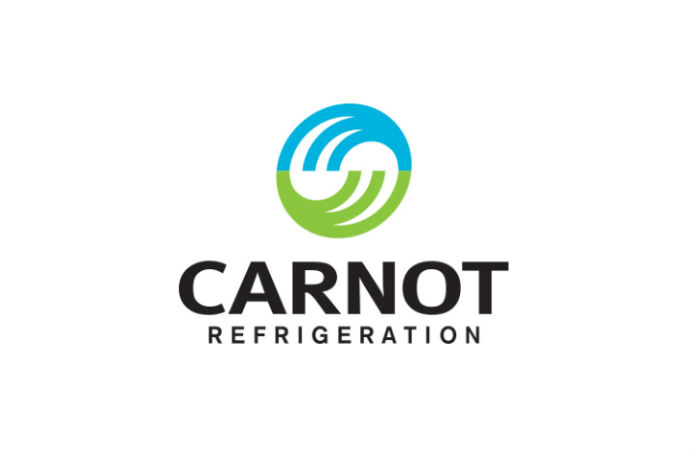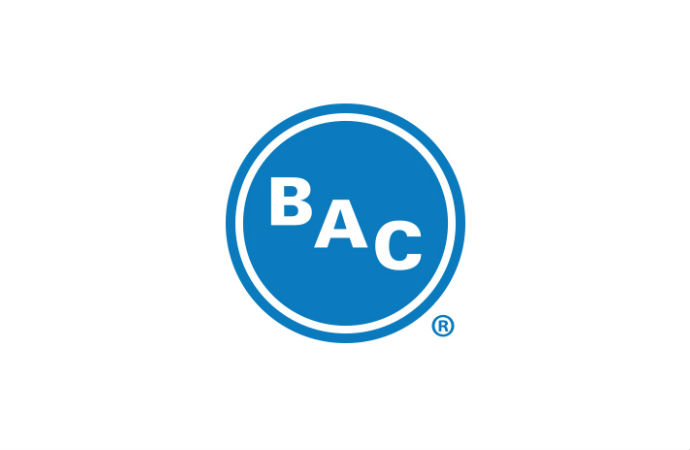CO2 refrigeration systems have been proven as one of the most promising alternatives in ice rink refrigeration. In the ice rink industry today, there are 24 rinks worldwide that have adopted CO2 in the second-cycle of the refrigeration system, and one in Canada that applied a system with CO2 in the first-cycle as well as in the distribution system.

The first concept for CO2 application in ice rinks was in 1999 in Austria, where CO2 was used in the second cycle of the refrigeration system, providing an 80% decrease in secondary pump power, according to a research by Tuyet Nguyen from the KTH Royal Institute of Technology in Sweden. Nguyen intruduced that with the success of CO2 application in supermarkets, the second concept of CO2 application in ice rinks was in 2011 in Quebec, Canada, where CO2 was applied to the whole cycle, making efficiency results very positive.
Indirect system and direct system
The refrigeration system is the most vital part of the ice rink, not only because it is the main energy consumer but also because its capital investment occupies more than 60% of total investment of an ice rink according to Nguyen's research. "The refrigeration system is comprised of two main parts: a mechanical refrigeration unit to produce the cooling energy and a distribution system or a secondary cooling system that transfers the cooling to the ice surface", said Nguyen in his thesis. According to Makhnatch from KTH, there are two types of refrigeration designs: indirect systems and direct systems. In Sweden, for example, about 97% of ice rinks are indirect systems or partly indirect. Ammonia is used as the refrigerant in about 85% of ice rinks in Sweden, while the remaining use R404A, R134a or other HFC refrigerants.
About 25 ice rinks in the world, mainly in the EU, have applied similar technology incorporating CO2 in the secondary cycle. "Until 2011, almost all of the ice rink refrigeration systems in Sweden are running with NH3 as refrigerant in the first cycle and brine in the secondary cycle", said Nguyen. "The first application of CO2 in ice rinks was in Austria in 1999, when CO2 was used in the secondary cycle instead of brine and NH3 in the primary cycle. In Sweden, similar technology was applied in a Backvallen ice rink in 2006, and similarly the other two ice rinks (Tingvalla Ice Stadium, Göransson Arena) were built on this technology", Nguyen introduced based on the data provided by GEA.
CO2: the most energy efficient solution for ice rinks
The ice rink industry consumes a large amount of energy. According to the research of Jörgen Rogstam of Sweden in 2012, the average energy usage of an ice rink is around 1000MWh per year. The highest part comes from refrigeration systems with an average cooling capacity of around 300-350 kW. The refrigeration system consumes about 43% of the total energy consumption in ice rinks because of a high demand for freezing and maintaining a large ice surface area up to 2000 m2 at around -4 °C. Energy consumption of the ice rink of Arean Marcel in Canada is compared to a traditional ice rink (NH3/Brine) at similar capacity in the same area, and results show a 25% reduction in total energy costs in Arean Marcel.
Nguyen's research pointed out that a full CO2 system is proven to be the most efficient system: it has low energy consumption (30% lower than an NH3/Brine system) which benefits from direct condensing, no heat exchange between refrigerant-brine and a higher evaporation profile. Heat recovery potential of a full CO2 system is also higher than an NH3/Brine system. When CO2 is used in the secondary cycle, the pump power in the secondary cycle can save up to 80% in comparison with using brine as the conventional system.
Market obstacles for the wide application of CO2 refrigeration in ice rinks
Nguyen regarded that CO2 ice rink refrigeration systems are still in the first stage of development today. "Energy performance, investment cost and service costs need to be measured for the first system installation in order to have a valid evaluation of CO2 refrigeration systems in ice rinks. Lacking of experience and skilled workers for CO2 systems can be an obstacle for the first application of this system in ice rinks", commented Nguyen.
MORE INFORMATION
Related stories




















